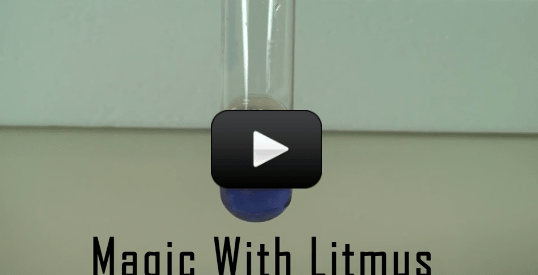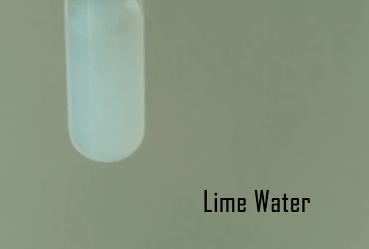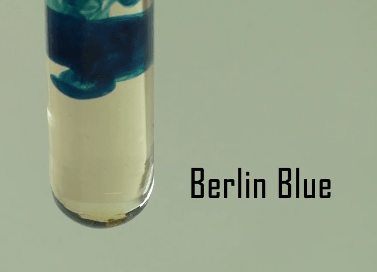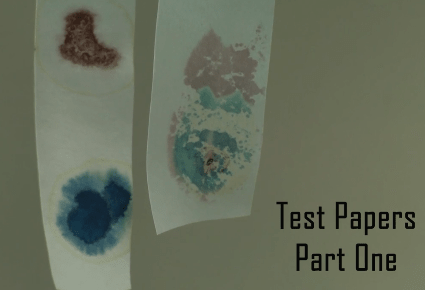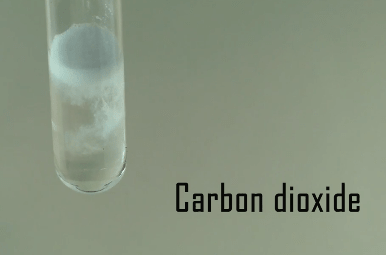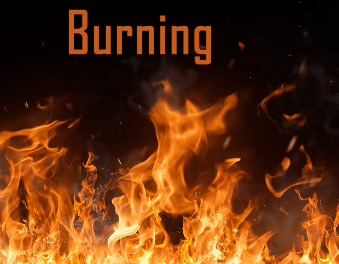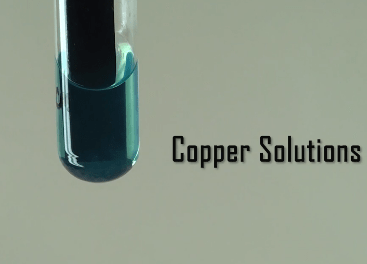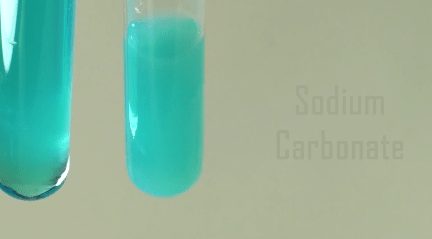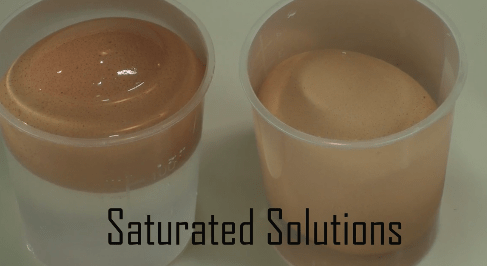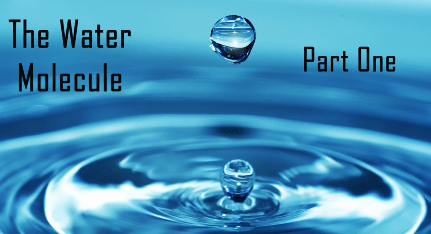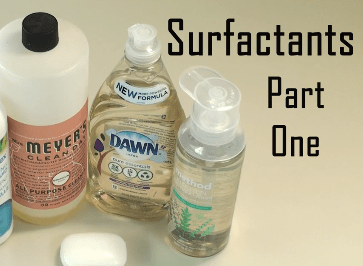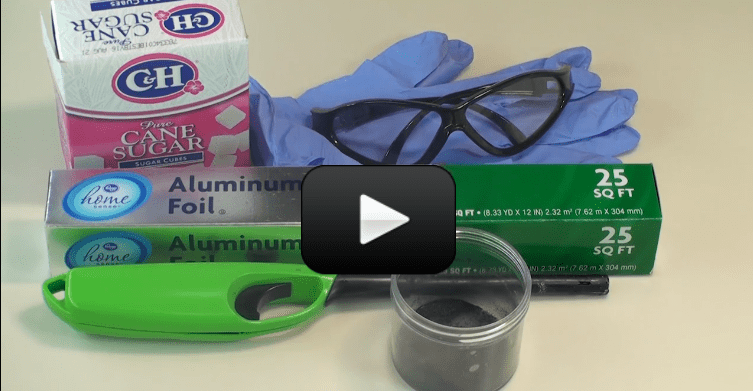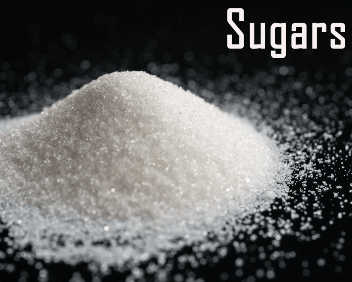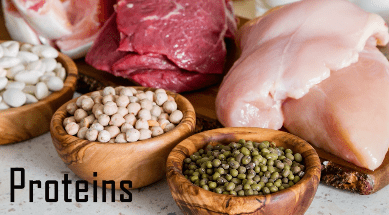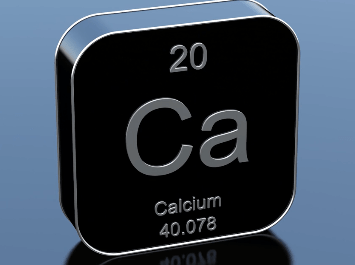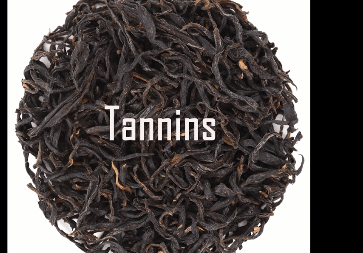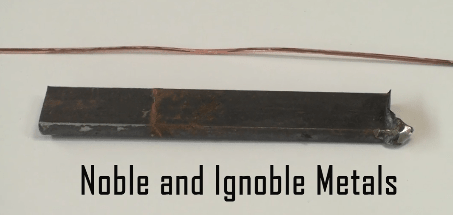Litmus is from a plant, so it will have a limited shelf life (you’ll notice a different, more earthy smell to it). The amount of dry powder provided in the kit is enough for three solutions, more than enough for our experiments. If you notice particles and sludge at the bottom of your container, it’s totally normal, and all you need to do is pour the liquid off and scrape out the residue and throw (the residue) away. If you add a little denatured alcohol (ethyl alcohol), the solution will last a bit longer on the shelf.
We’re going to do a number of experiments with this solution, all in one video. My friend, a PhD Chemistry professor, helped make a new set of videos for you that will walk you through every step.
Please login or register to read the rest of this content.

